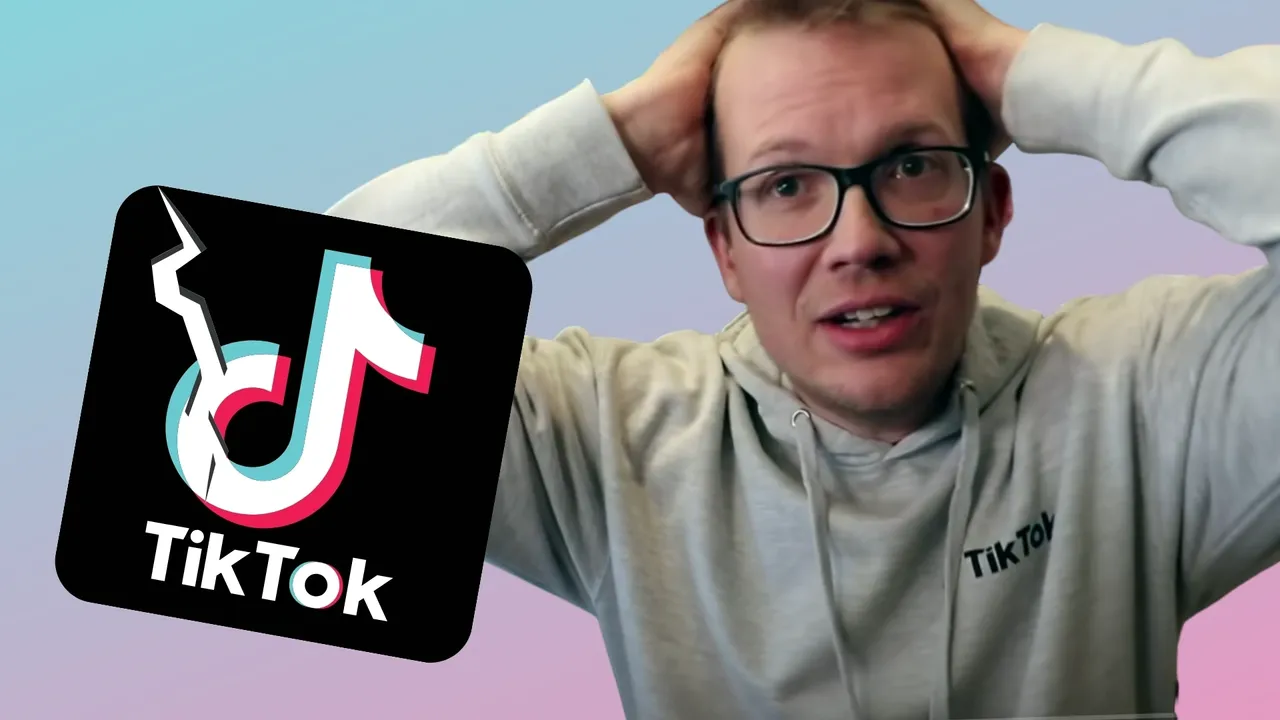Trouble brews in the TikTok paradise. It’s not always glitter and gold it would seem, even if you are the most popular app. That being said, TikTok might be forced to reassess and update its creator funding model due to a couple of high-profile creators raising questions about their monetization options, highlighting key flaws in the platform’s current process.
Here’s The Deal
Former YouTube and now TikTok star Hank Green outlines that TikTok’s current Creator Fund, which is around $200 million and is allocated to pay creators of the top-performing clips, is inherently ‘unfair’, especially to top creators who regularly receive payouts. The reason for this is that the payout amount remains relatively static, while the number of users and other creators continue to rise.
As Green puts it:
“If the fund were a percentage of revenue, rather than a static pool, that would be very bad for TikTok’s bottom line. Compared to what it is right now, they would have less profit, [but] it would be very good for creators […] as more creators join the fund, as the app continues to succeed, creators make less money per view.”
Green’s point is that as more creators sign up to the Fund, TikTok would now need to payout more users, given that the Fund doesn’t rise relative to the number of users or creators, the overall payout amount is ultimately less, which is in stark contrast to the model used by YouTube. On the Tube, creators are paid relative to the ad views generated by their content. The main thing that sets them apart is video length, where TikTok currently struggles due to its inability to insert mid and pre-roll ads. This highlights a crucial need for TikTok to find alternative means to equitably monetize and generate attractive revenue share for its creators.
Admittedly, this has always been a challenge for platforms that main short-form video content, with TikTok’s precursor, Vine, ultimately collapsing due to the exact same reason. The year before its shutdown, top Vine stars Logan Paul and King Bach met with executives from Vine’s parent company, Twitter, to discuss terms regarding more commensurate rewards for the effort of the top-performing creators. Check out what went down in this report by Business Insider.
Green then goes on to note that TikTok’s parent company, ByteDance, brought in $34.3 billion in revenue in 2020, and while not all of that came from TikTok, a relatively large share was driven by the platform’s growth. In TikTok’s defense, it did add certain other monetization opportunities such as Creator Tipping, along with newer pushes like Creator Subscriptions and its Creator Marketplace. Though the biggest opportunity lies in integrated commerce, which its Chinese sister app Douyin was able to maximize and generate huge amounts of revenue from.
In the end, it’s more work on the part of creators, making TikTok a more tedious option compared to YouTube. On YouTube, people can simply sign up to the partner program and start earning from ads. This makes the whole monetization issue a more pressing concern. If the top creators do decide to up and leave in search of better offers, then TikTok and ByteDance could be put in a rather precarious position.
The Wrap
For comparison’s sake, ByteDance’s revenue jumped from $17 billion in 2019 to $34 billion in the following year. If, for example, the Creator Fund rose in line with this growth, then it would have effectively doubled, though Green does note that if you include relative values generated from ads, the Fund should be at least 6x the current amount. That would place the fund at roughly $1.2 billion, which would be a somewhat significant portion of ByteDance’s profits. If they were to adopt the same kind of model as YouTube, where payouts increase relative to usage and revenue growth, then it would be a rather large bite for the company to swallow indeed, but not intolerable at least.
The bottom line is that TikTok needs to make its offer more attractive because, like Vine, if TikTok won’t pay its creators what they’re due, somebody else will. In response, TikTok did release a statement on The Push.
“We continue to listen to and seek feedback from our creator community and evolve our features to improve the experience for those in the program.”
ByteDance did highlight its $19 billion in profit back in 2020, so it’ll be interesting to see if it’ll actually bend enough to be able to address this rising issue.
Subscribe to our ‘Bottoms Up!’ Newsletter. Get the latest social media blogs about news, updates, trends, and effective social media strategies to take your business to the highest level from Tristan Ahumada and Jeff Pfitzer.
Sources

